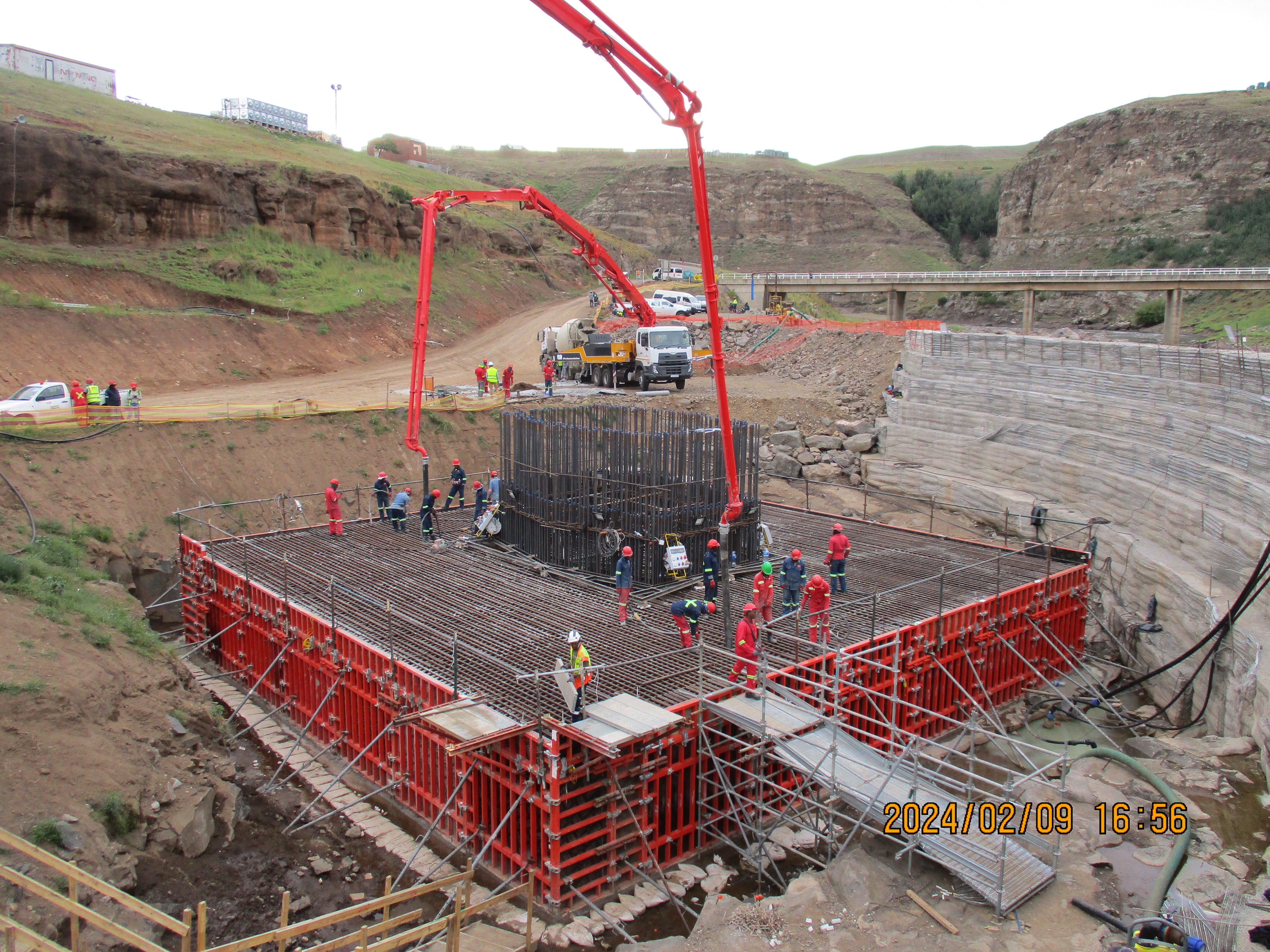Phase II adds 2,325 million cubic metres in storage capacity to the LHWP enabling an incremental increase in the volume of water to be transferred to South Africa from 780 to 1,270 million cubic metres per annum, while simultaneously increasing power generation at ‘Muela by 40%.
New roads and bridges are required to restore access across the reservoir and connectivity to the national road network.
Three major bridges are being built under Phase II along the Maseru to Mokhotlong A1 road at the Mabunyane, Khubelu and Senqu rivers.
The three major bridges will provide access to Mokhotlong town across the reservoir even at full supply and retain connectivity to the national road network along the A1, the main road between the Mokhotlong district in the mountainous north-east of the country and Maseru, the capital of Lesotho.
The major bridges programme is complemented by the construction of four pedestrian bridges and six vehicle bridges under the feeder roads and bridges programme to maintain connectivity and ensure mobility for communities in the reservoir area. This programme is currently under procurement.
About the Senqu Bridge
The Senqu Bridge is the largest of the three major bridges under construction to span the Polihali reservoir.
Almost a kilometre long (825m) and at a height of 90m, it will be the first extradosed bridge in Lesotho and is larger than the Mphorosane Bridge on the Malibamats’o River which spans the Katse Dam and was constructed under Phase I of the Lesotho Highlands Water Project. The bridge design has taken into consideration the Mokhotlong highlands’ long, cold and harsh winter conditions.
Due to the deep valley and the terrain of the area, the deck will be constructed incrementally from both abutments. This construction method will minimise disturbance to the surrounding work area and increase workers’ safety. An in-situ segment midspan of the centre span will connect the two parts to form a continuous deck. The pier shape is ideal to be constructed with sliding formwork.
Work on the bridge design started in 2018, led by Zutari, formerly Aurecon Lesotho. Zutari also designed the Mabunyaneng and Khubelu bridges, the other two major bridges to be constructed under Phase II.
The Lesotho Highlands Development Authority awarded the Senqu Bridge construction contract valued at approximately M2 billion to the WRES Senqu Bridge Joint Venture in August 2022.
The WRES Joint Venture includes South African, Lesotho and international companies as per the requirements of the Phase II Agreement. The primary partners are: Webuild S.p.A. (Italy); Raubex Construction (Pty) Ltd (South Africa); Enza Construction (Pty) Ltd (South Africa) and Sigma Construction (Pty) Ltd (Lesotho). Sub-contractors include: EXR Construction (Pty) Ltd (South Africa; Gleitbau-Geselschaft (Austria); Post Tensioning and Structural Solutions (Pty) Ltd (South Africa) and Freyssinet International et Cie (France).
The Senqu Bridge is expected to be completed in early 2026.
